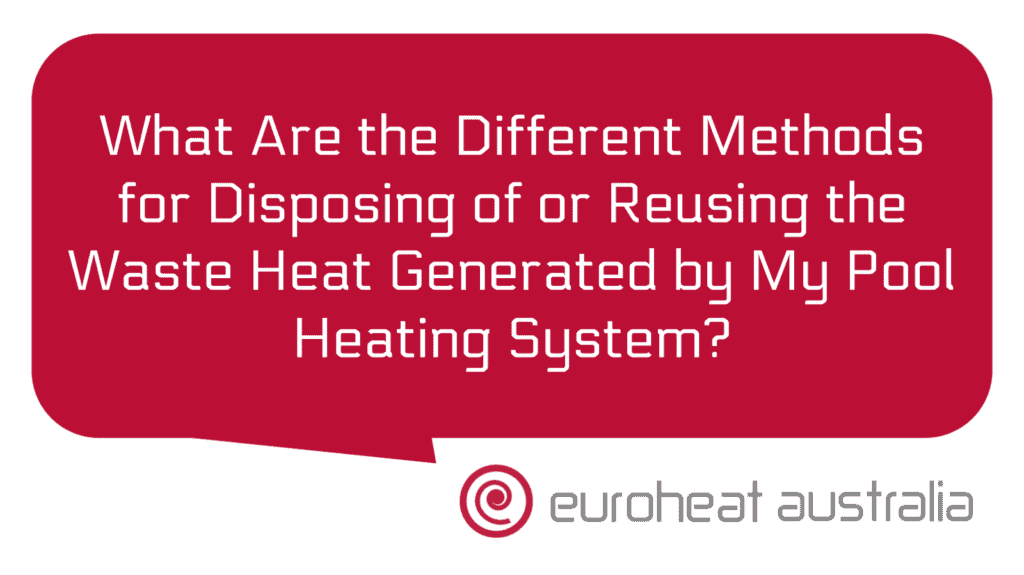Are There Any Noise Considerations for Cellar Cooling Using Waste Chill?
If you’re looking for a way to keep your cellar cool and save energy, you could consider using waste chill. Waste chill is a type of energy recovery system that uses heat extracted from the air in your home to cool the cellar’s air. This process works by taking the heat from warm indoor air and transferring it outside, cooling the inside air in the process.
The good news is that when done correctly, cellar cooling using waste chill is virtually silent. But it’s important to make sure that you have the right setup and installation in place to ensure that noise levels are kept to a minimum. In this article, we’ll discuss some of the noise considerations that should be taken into account when planning your cellar cooling system using waste chill.
The most important factor when considering noise levels with any kind of cooling system is the setup and installation procedure. If not done correctly, there can be a lot of unwanted noise generated by your system. This can be avoided by making sure that all components are properly fitted and secured, as well as ensuring that there are no loose parts or joints which could cause vibrations or rattling when the system is running. It’s also important to make sure that any fans or compressors installed with your system are adequately insulated from other parts of your home – this will help reduce any unwanted noise from transferring into other rooms in your house.
When it comes to installing waste chill systems for cellars, there are two main types available – direct expansion (DX) systems and indirect expansion (IX) systems. DX systems use refrigerant gas which can produce some noise during operation, so if possible try to opt for an IX system which does not require refrigerant gas, thereby reducing any potential noise levels generated by your system.
Another factor to consider when installing a waste chill system is the size of the room being cooled and how much heat needs to be removed from it in order to keep it cool. If too much heat has been trapped inside your cellar, then it will take more energy (and potentially generate more noise) for your cooling system to remove this excess heat from the room – so make sure you get an accurate assessment of how much heat needs removing before committing to an installation plan for your cellar cooling project!
Installing a waste chill system in your cellar can also help reduce energy costs significantly compared with traditional cooling solutions such as air conditioning units or fans – research suggests that a properly designed and installed waste chill system can reduce energy costs by up to 50%. Additionally, these systems typically have lower maintenance requirements than other types of cooling solutions, meaning they are often more cost-effective over time as well!
At Euroheat Australia we understand how important it is to ensure that all installations are carried out correctly and efficiently – our experienced engineers and installers have over 30 years experience designing & constructing hydronic heating & cooling systems throughout Perth & WA regions so you can rest assured that any installation we carry out will meet even the most stringent requirements for both efficiency & soundproofing! Get in touch with us today if you would like more information on how we can help design & construct a customised waste chill solution perfect for keeping your cellar beautifully chilled without generating unnecessary levels of sound disturbance!





